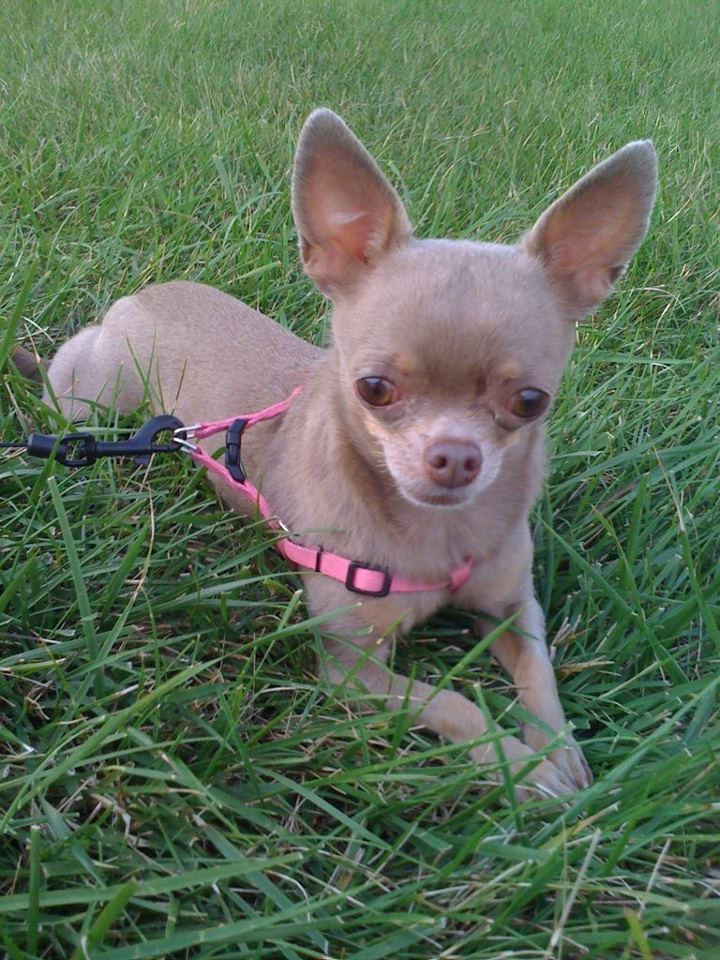 | ||
Toy Group is the name of a breed group of the smallest kinds of dogs, used by kennel clubs to classify a defined collection of dog breeds. Toy Group does not necessarily refer to one particular type of dog. Most major English-language kennel clubs include a Toy Group although different kennel clubs may not include the same breeds in their Toy Group. The international kennel club association, the Fédération Cynologique Internationale, includes toy dogs in Group 9 Companion and Toy Dogs, which is then further broken down into eleven Sections based on dog type and breed history.
Contents
Toy dogs
The use of the term toy to refer to dogs is based on tradition, and is not a precise classification. Dogs traditionally referred to as toy dogs are usually the very smallest dogs. Toy dogs can be one of several dog types. Some are of ancient lap dog types, and some are small versions of hunting dog, spitz, or terrier types, bred down in size for a particular kind of work or to create a pet of convenient size. The very smallest dogs are sometimes called Teacup, although no major dog registry recognizes that term.
Toy Group breeds
In general, kennel clubs assign small breeds that are primarily kept as companions and pets to their Toy Group. Some kennel clubs prefer to use the category Companion Group for small and medium-sized dogs kept primarily as pets, and do not recognise a Toy Group. Other kennel clubs group small dogs with large dogs of the same type, or in the Utility Group or Non-Sporting Group.
Fédération Cynologique Internationale Group 9 Sections
The Fédération Cynologique Internationale breaks down their Toy and Companion Group into Sections by general dog type; within the sections the dogs are listed by their country or area of origin. Also included in the Sections are variants and colours that have to do with how they are organised during dog shows. Since this grouping is for more than Toy dogs, not all of the dogs included in Group 9 are small.
The sections are:
The remainder of breeds assigned to the Toy Group by other kennel clubs are placed with larger dog breeds of the same type by the Fédération Cynologique International; for example, the toy size terriers are in Group 3, Section 2, Small-sized terriers or Group 3, Section 4, Toy Terriers.
Not included in the Fédération Cynologique Internationale Group 9, Companion and Toy are these breeds that are listed in the Toy Group of some kennel clubs:
clubs: | Russkiy Toy | Japanese Terrier | Rat Terrier
Other clubs
The United Kennel Club (US) is often considered among the major kennel clubs; it does not recognise a Toy Group (see Companion Group for a comparison.)
Most clubs in non-English speaking countries also list small dogs in either a Toy Group or a Companion Group.
Very small dogs are also included in the listings of the enormous and ever-expanding number of specialty registries, minor kennel clubs, dog sports clubs, breed clubs, rare dog registries, and internet based dog clubs and businesses. Each will have its own definition of what breeds belong in their own Toy Group.
In addition, Toy dogs in particular have been used for crossbreeding to create what are called designer dogs, bred either accidentally or to enhance the marketability of puppies, often with cute portmanteau names created from syllables of each breed name. Although there are clubs willing to "register" such designer dogs, they are not breeds of dog. They may be called toy dogs but they are not part of any Toy Dog Group.
